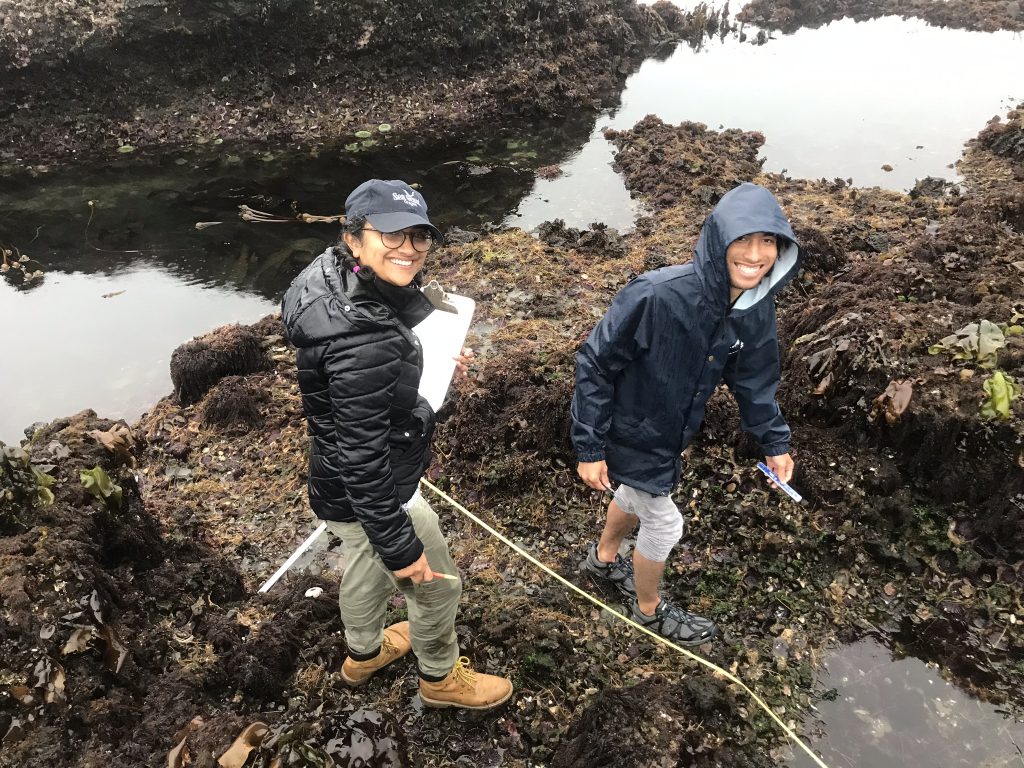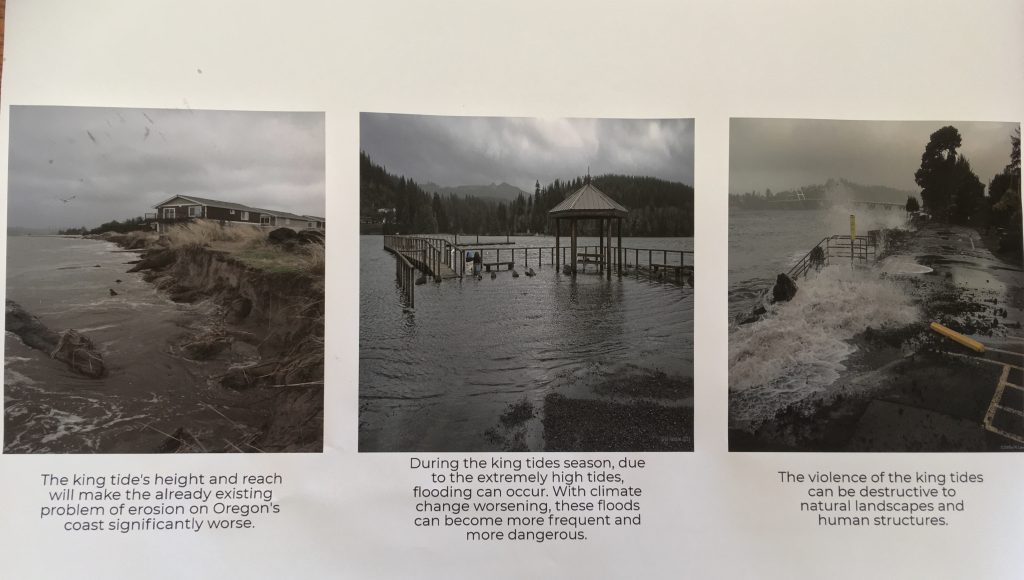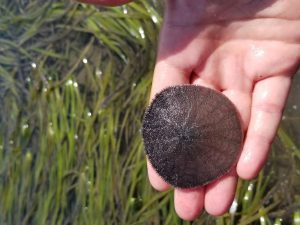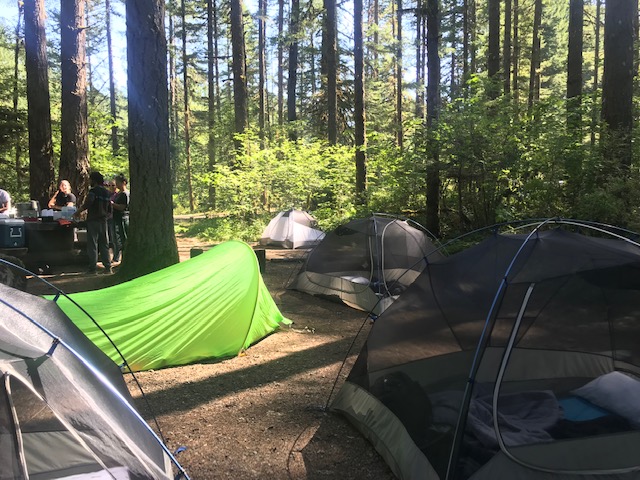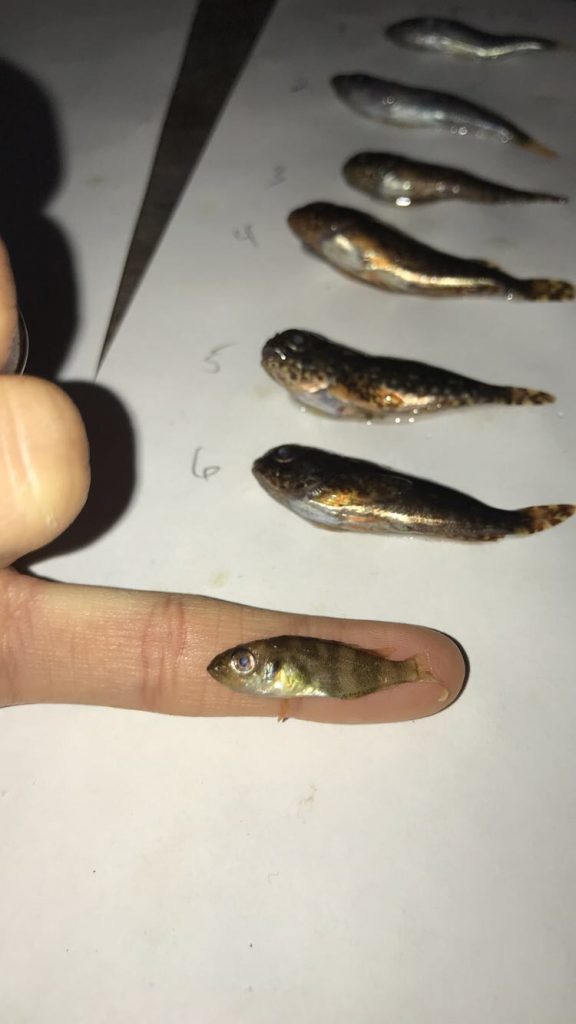This is the last week of the Sea Grant program, which is both good and bad. It is almost time to leave Oregon and say goodbye to all of the great people I’ve met, which is sad. However, it is almost time to go home which means seeing my family and getting to sleep in my own bed again! This week will be finishing things up at our internships and then it will be time to leave. Last Friday was the symposium for our final presentations and posters for our summer experiences. This caused me to take a look at my reasons for being in the program this summer.
There were a couple of main reasons I applied to Sea Grant. First, I had my sights set on Oregon State for graduate school and this program was a good way to make contacts as well as experience Oregon for longer than just a vacation. Second, I have never done biology field work so I thought this would be a good way to get an idea of what that is all about. I am leaving Oregon having fulfilled all of those objectives and knowing all about the life of a field biologist. Tony D’Andrea and the rest of the SEACOR team (Bob, Tabatha, Joe, and Mo) have been instrumental in learning about fieldwork and future career opportunities. They have been an amazing team to work with and learn from this summer.
Everyone from Sea Grant and who lived in the yurt or ranch house has also been a pleasure to get to know this summer! I will miss all of you and cannot wait to see what great things you all accomplish!



